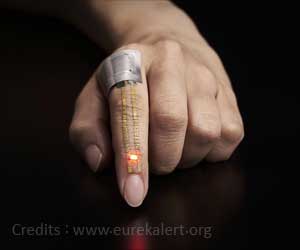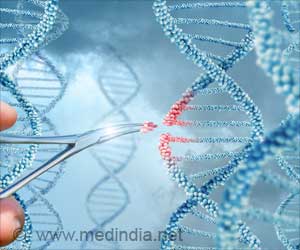Using MRI exams, scientists have developed a new method of characterizing breast lesions, which could in turn help in reducing biopsies of benign tumours with the benefits of reduced
Using MRI exams, scientists have developed a new method of characterizing breast lesions, which could in turn help in reducing biopsies of benign tumours with the benefits of reduced pain and expense for patients and providers, according to a new study.
Led by Wendy DeMartini, M.D., researchers in the breast-imaging department at the Seattle Cancer Care Alliance developed a preliminary statistical model that could help breast radiologists in predicting if a lesion found on breast MRI is malignant or benign.The scientists reviewed almost 2,600 breast MRI exams performed during a four-year period at the SCCA and found three crucial patient and lesion characteristics that, when used in combination, could predict the likelihood of malignancy, including identifying some lesions with probabilities of cancer close to zero.
Such a model, if confirmed by more research, could be beneficial because MRI exams are so sensitive that they reveal cancerous and non-cancerous lesions that often look alike and behave similarly when contrast dye is injected into the patient. Biopsy becomes necessary to find out if a lesion is cancerous.
Thus, statistical models may improve the ability to distinguish between such lesions and avoid unnecessary biopsies.
The scientists analysed several patient and lesion characteristics that radiologists consider while deciding whether a biopsy is required for diagnosis.
They found three categories of characteristics that, when taken together, were the best at predicting malignancy. These were the reason that the women was having a breast MRI, the size of the lesion, and the lesion enhancement pattern from the the MRI contrast dye.
Advertisement
On the other hand, breast lesions found in women required screening because they are considered to be at high risk for developing cancer, that were found to be small lesions and increased their enhancement over time were very likely to benign.
Advertisement
She warned that there's a need for more research before this statistical model can be validated for use as standard practice.
"Our goal is to identify a group of lesions that we currently recommend for additional tests where the likelihood of cancer is so low that we can safely avoid additional testing," she said.
Te study was presented at the annual meeting of the Radiological Society of North America (RSNA).
Source-ANI
LIN








